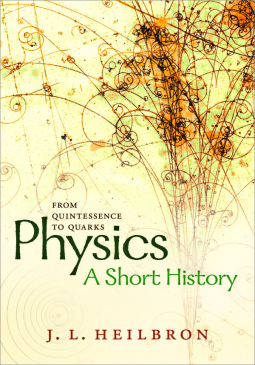 |
Breakthrough!
by Jim Murphy ISBN-13: 978-0547821832 Hardcover: 144 pages Publisher: Clarion Books Released: Dec. 8, 2015 |
Source: ARC review copy from the publisher through Amazon Vine.
Book Description from Amazon:
In 1944 a groundbreaking operation repaired the congenital heart defect known as blue baby syndrome. The operation's success brought the surgeon Alfred Blalock international fame and paved the way for open-heart surgery. But the technique had been painstakingly developed by Vivien Thomas, Blalock's African American lab assistant, who stood behind Blalock in the operating room to give him step-by-step instructions.
The stories of this medical and social breakthrough and the lives of Thomas, Blalock, and their colleague Dr. Helen Taussig are intertwined in this compelling nonfiction narrative.
My Review:
Breakthrough! is a history/biography about how the "Blue Baby" surgery was developed in 1944. It's targeted at tweens (ages 9-14).
This is the type of historical biography I enjoyed as a kid and still enjoy as an adult. The author did a good job of explaining how life was different at this time, like how women and blacks were treated, how medical studies were done, operating conditions, and so on. He didn't gloss over more technical parts but explained them so younger readers could understand what the problems were and how they were overcome. He included quotes from the actual people involved so the reader could see what the situation looked like from their viewpoint.
There were some nice photographs of the people involved and other related photographs. The text flowed well and focused on interesting things. Overall, I'd recommend this book to tweens and teens who think the topic sounds interesting.
If you've read this book, what do you think about it? I'd be honored if you wrote your own opinion of the book in the comments.









